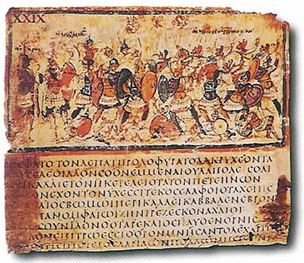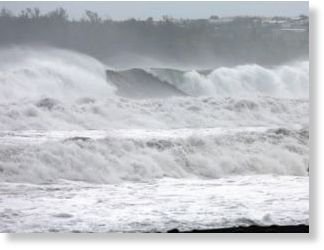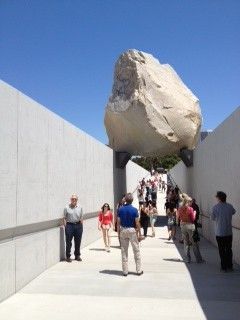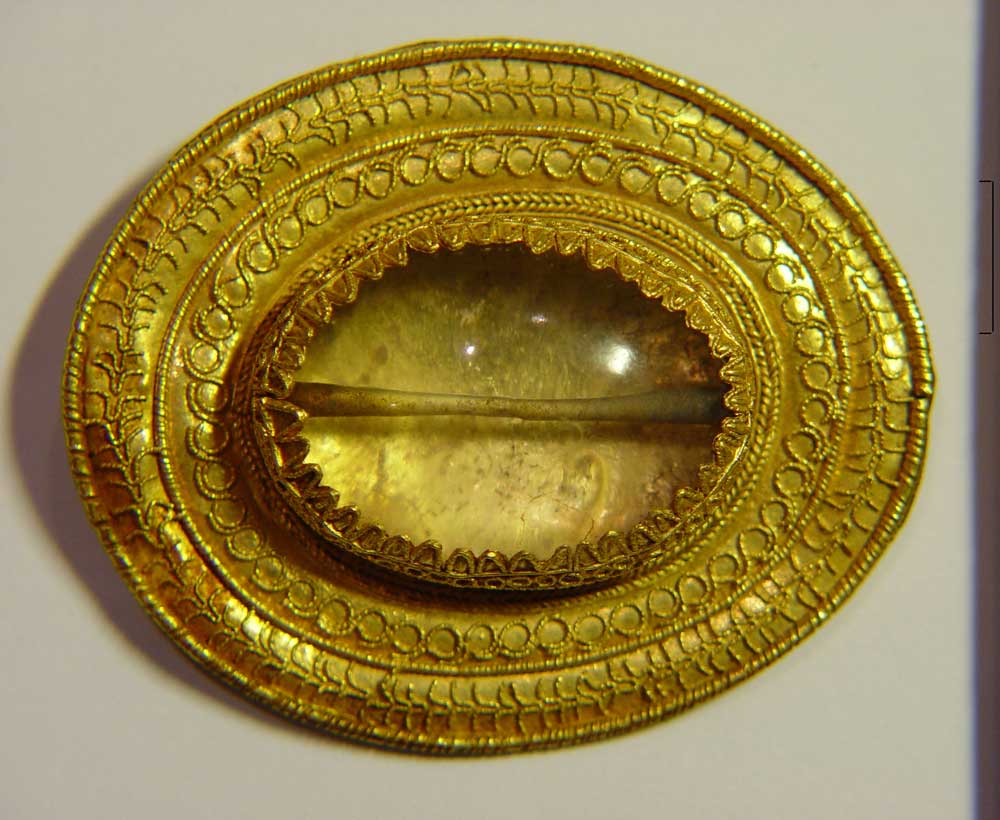
The text is Homer's Iliad, and Homer -- if there was such a person -- probably wrote it in 762 B.C., give or take 50 years, the researchers found. The Iliad tells the story of the Trojan War -- if there was such a war -- with Greeks battling Trojans.
The researchers accept the received orthodoxy that a war happened and someone named Homer wrote about it, said Mark Pagel, an evolutionary theorist at the University of Reading in England. His collaborators include Eric Altschuler, a geneticist at the University of Medicine and Dentistry of New Jersey, in Newark, and Andreea S. Calude, a linguist also at Reading and the Sante Fe Institute in New Mexico. They worked from the standard text of the epic poem.
The date they came up with fits the time most scholars think the Iliad was compiled, so the paper, published in the journal Bioessays, won't have classicists in a snit. The study mostly affirms what they have been saying, that it was written around the eighth century B.C.
That geneticists got into such a project should be no surprise, Pagel said.









Comment: Easter Island heads have bodies!?
Archaeologists Upset Theory About Easter Island Statues